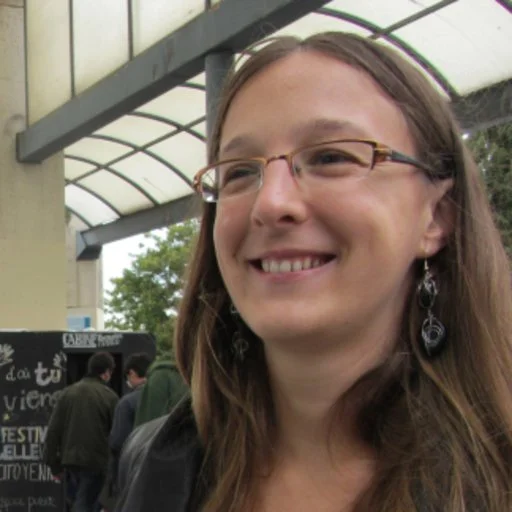Amount awarded: $20,000
When faced with a decision, we often contemplate whether to act immediately or reflect to find the best solution. To decide between immediate action and further reflection, we can sample memories to consider potential hypothetical outcomes. Memory theorists have argued that using recollection to conceive of hypotheticals in this way is how a healthy functioning memory system should work (De Brigard, 2014). However, in instances of psychopathology, agents may expend excessive time and cognitive resources to reflect on the plethora of action choices that may be available to them, resulting in a psychological standstill where individuals become “stuck” in the past. Reflection, in these instances, transforms into rumination. Rumination, traditionally conceived of as the repetitive and maladaptive rehearsal of past events, is a cognitive characteristic of dysphoria and Major Depressive Disorder (MDD) (Ingram, 1984; Martin & Tesser, 1989; Nolen-Hoeksema, 1987). While philosophers, neuroscientists, and psychologists agree that rumination impacts well-being, there is little agreement on what constitutes rumination (Ólafsson et al., 2020; Russel, 2021; Gilbar et al., 2010). The absence of definitional agreement amongst scholars, formal models capturing the dynamics of ruminative episodes, or of established frameworks for evaluating rumination hinder understanding of this clinical phenomenon. Of the varying definitions given of what rumination consists of, there are three common themes, rumination is: problem-oriented, repetitive, and evaluative. This project aims to develop a computational model of rumination that can be verified in general decision-making and planning paradigms. The purpose of this is threefold: (i) to gain theoretical clarity of rumination through the development of a computational model, (ii) to validate this model with human participants and (iii) to relate these measures to clinically relevant symptomatology.
We propose a computational model of rumination based on a Partially Observable Markov Decision Process (POMDP) framework. In a POMDP, the participant is required to persistently gauge the state of the environment and anticipate potential outcomes. This task appropriately models the decision-making process where the agent must decide whether to act on existing information or seek additional data, encapsulating the inherent uncertainty, cognitive load, and trade-offs typical of decision-making and reflective of rumination. The POMDP has been hypothesized to capture fundamental decision-making features in anxiety and depression (Paulus & Yu, 2012). Within this framework, our study aims are to: (1); formulate a computational analog of rumination, (2) validate this model of rumination with human participants using a behavioral task, (3) validate the connection task performance and rumination by collecting data on ruminative and depressive traits, expecting interactions between rumination, depression, and sampling behavior. This research could inform the development of therapeutic interventions targeting rumination, ultimately improving decision-making, clinical outcomes, and symptom alleviation in individuals experiencing depression, anxiety, or the effects of trauma.
Joseph Austerweil, PhD. Associate Professor of Psychology and Computer Science, University of Madison-Wisconsin
Michael Payton, PhD Candidate, Department of Psychology, University of Madison-Wisconsin
Mary Vitello, PhD Candidate, Department of Psychology, University of California, Los Angeles















































































